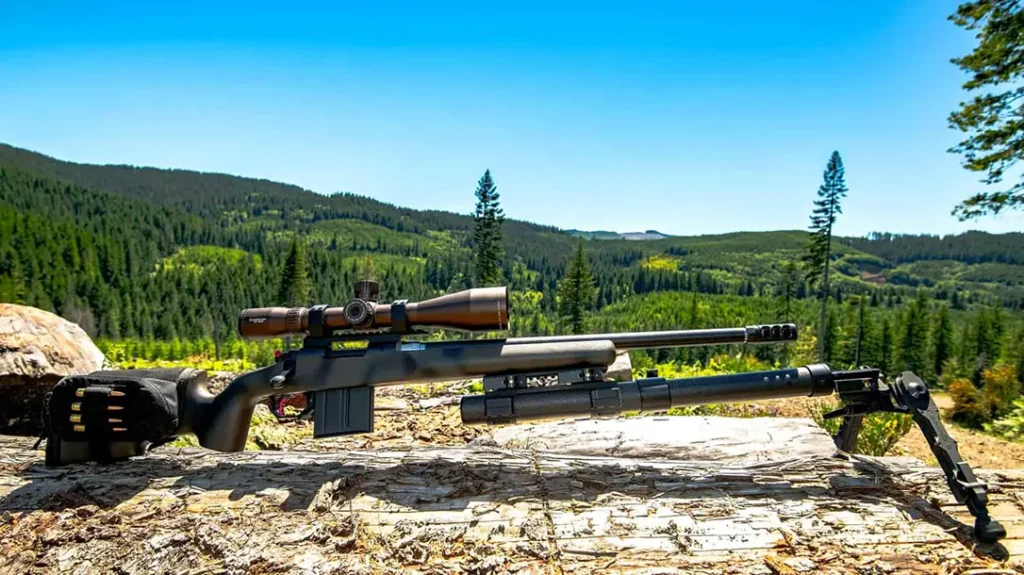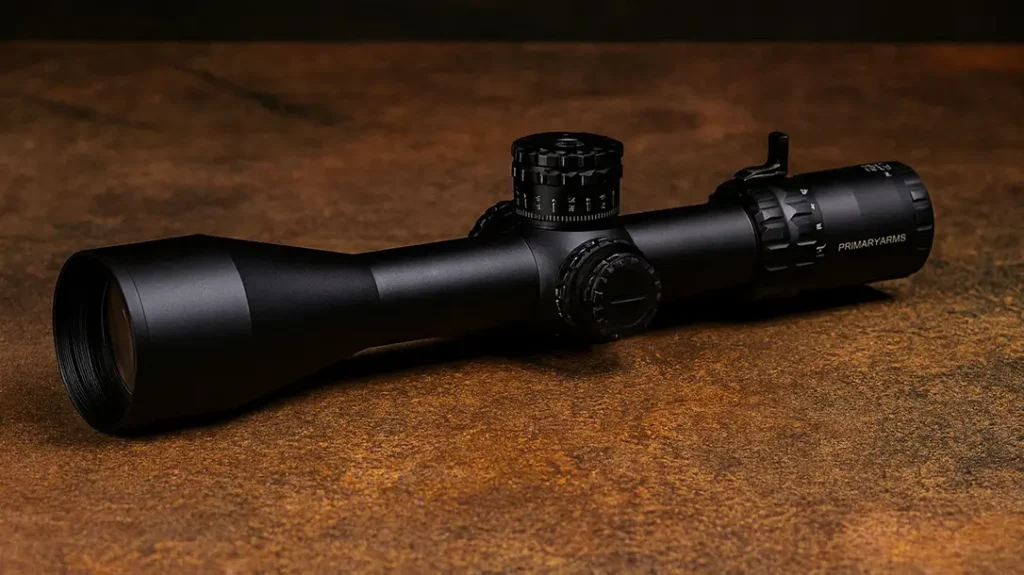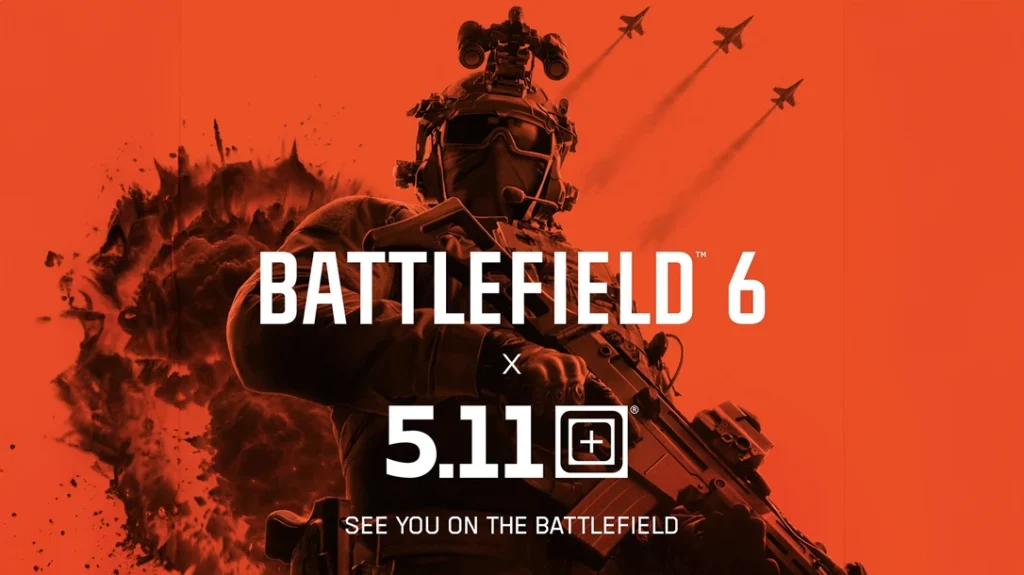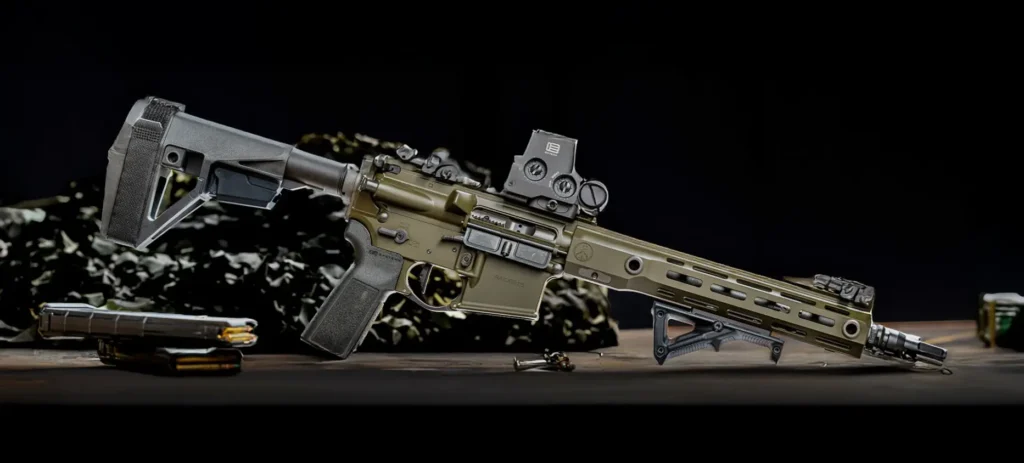This post was originally published on Athlon Outdoors.
Unmanned Aerial Systems (UAS or drones) represent the future of warfare. They are already the Ukraine War’s preeminent weapon system, striking targets near the fighting front or Ukrainian and Russian cities far behind the lines. Counter-drone systems are evolving in response, but defending against drones’ multiple forms, capabilities, and missions requires a layered approach as flexible as the drones themselves.
The last defensive layer is the individual soldier faced with defending his and his comrades’ lives. Infantrymen cannot affect larger, long-range drones. But smaller, short-range First Person View (FPV) drones confront soldiers every day with deadly results. Estimates credit drones with inflicting up to 80 percent of all combat casualties in Ukraine.
Advertisement — Continue Reading Below
The standard infantry rifle is a poor defense against a nimble, constantly moving aerial drone. So the combatants are looking to an older weapons platform to do the job: the combat shotgun. A modern shotgun, with the proper ammunition, is well-suited to bolstering that last line of defense. After all, shotguns are still the firearm of choice for bird hunters and skeet shooters. Why not for close-range work against small battlefield drones?
Anti-Drone Shotgun Training
Any bird hunter or skeet shooter will tell you that one does not simply pick up a shotgun and start blasting targets out of the sky. As with any shooting endeavor, the firearm and ammunition must suit the mission. We’ll get to that. But even the best equipment is useless without proper training and implementation. Ukrainian soldiers have certainly knocked down drones without specialized training, but their kills are sporadic.

Advertisement — Continue Reading Below
Recognizing the training deficit, Ukraine’s 413th Separate Raid Battalion of the Unmanned Aerial Systems Forces created a school to train soldiers in countering drones with shotguns. The curriculum includes traditional skeet shooting techniques, but it accounts for battlefield realities absent on skeet ranges. Sporting clays are predictable once the shooter finds his rhythm. FPV drones are not. Operators with joysticks control them in real time, moving them in three dimensions as they choose. FPV drones also carry small explosive munitions, so missing becomes very dangerous indeed.
New Training Program
The new training program incorporates that 3D movement capability into its counter-drone shooting regimen. Students shoot at moving drones from spring-mounted platforms that shift as they shoot. Proper fundamentals, including a solid shooting base, are paramount. Shooters also operate from the beds of moving pickup trucks on unpaved roads as target drones pursue and evade. Again, success requires proper shooting fundamentals geared toward moving aerial targets.
Students are taught to understand their weapon’s strengths and weaknesses, as well as that of their ammunition. A firm grasp of the shotgun’s range limitations is critical. Wasting rounds on an out-of-range drone could prove deadly to the shooter, especially given the shotgun’s relatively slow reload times.
Advertisement — Continue Reading Below
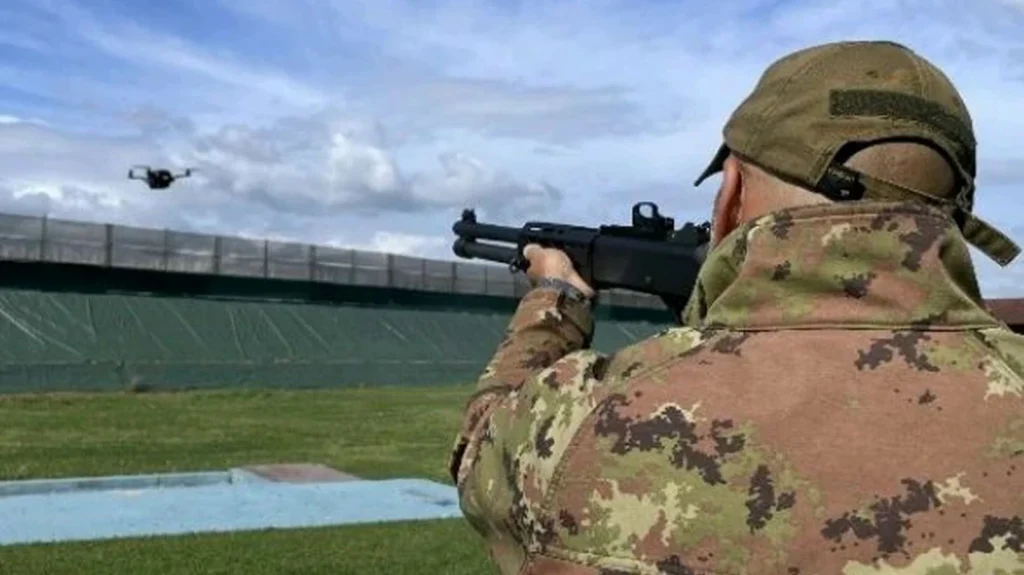
The school’s efforts are bearing fruit. Some 400 Ukrainian soldiers have completed the course since its inception seven months ago. The Ukrainians have become the undisputed authorities on drone warfare, including how to counter them. Western nations are taking notice.
Italy Leads the Way
Italy has created its own anti-drone shotgun training school at a facility in Pisa. Marco Angelelli, Shooting Instructor and President of the Italian Federation of Clay Shooting Commission for Relations with the Armed Forces, has led the program since its inception. Interest has grown so quickly that Angelelli just started a new company, Angelelli Defense, to focus on the training program full-time.
Advertisement — Continue Reading Below
Angelelli is pursuing comprehensive training protocols for the military and law enforcement based on the lessons learned in Ukraine. Those protocols focus not only on shooting, but alsoincluding the shotgun-armed soldier in the layered system of early warning radars, electronic jammers, directed energy weapons.
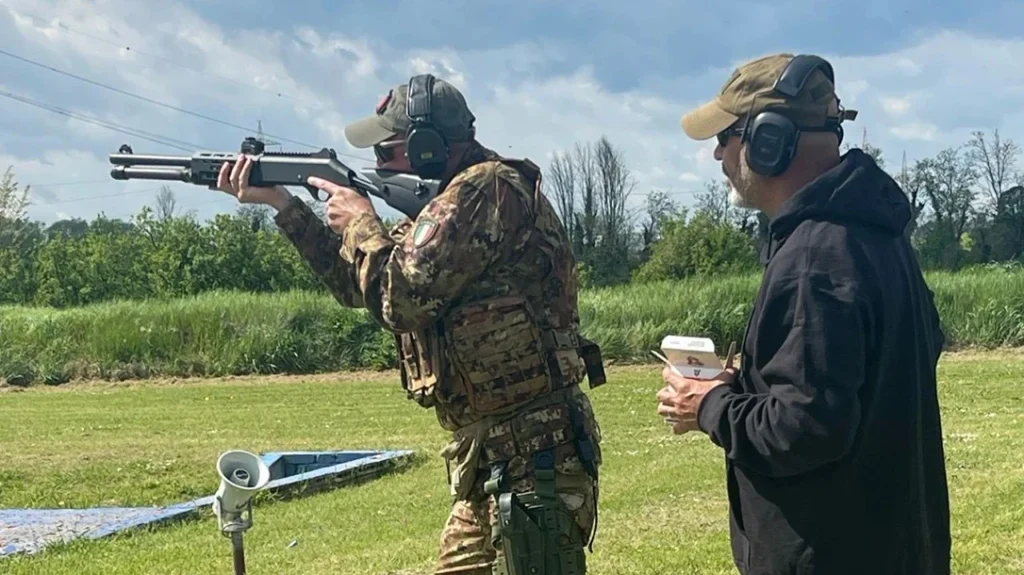
NATO countries, including the United States, are looking at whether shotgun-armed soldiers should be formally integrated into combat units as part of a comprehensive counter-drone effort. Angelelli advocates for that integration, though he cautions that shotguns must be viewed in their proper context. They can be part of a sophisticated system in which they provide a last-ditch defense for individual soldiers or small tactical units. Shotguns are the last resort against small FPV drones when the rest of the system fails, as it inevitably will in some cases, especially against short-range drone swarms.
Advertisement — Continue Reading Below
Angelelli emphasizes the casualty rate attributed to drones. If that rate even approaches the reported 80 percent, NATO armies must adapt. He advocates for issuing soldiers a primary anti-drone weapon, a shotgun, and a secondary anti-personnel weapon, presumably a lightweight carbine of some kind. He also believes that soldiers should be equipped with local drone detector systems and thermal optics to target drones at night or in low-visibility conditions.
Anti-Drone Shotguns
A dedicated anti-drone shotgun already exists, with more on the way. Beretta Defense Technologies was already developing the Benelli M4 AI Guardian shotgun when Angelelli established the training program in Pisa. Italy has since adopted the new weapon, and other NATO nations are purchasing it for tests.
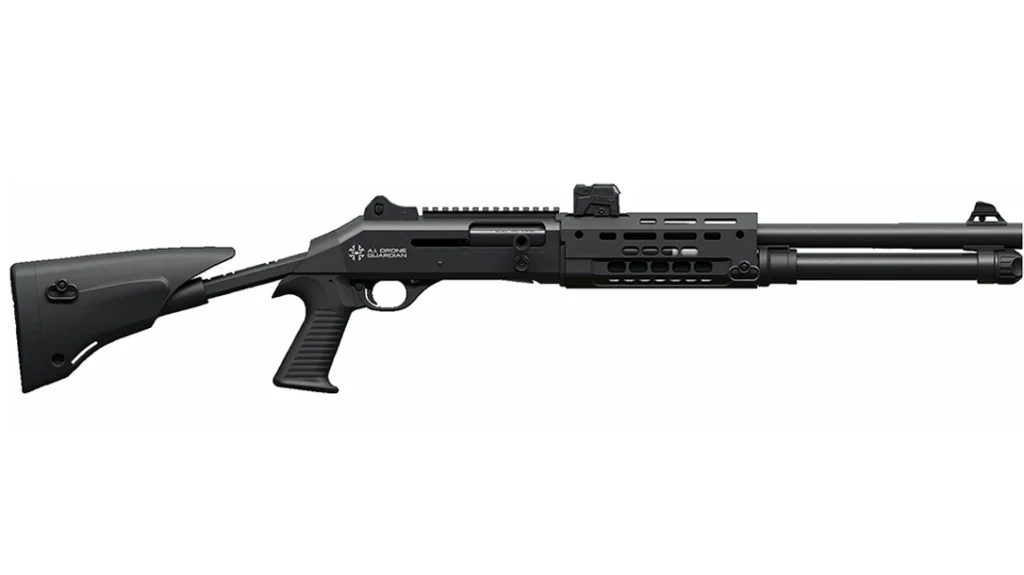
Advertisement — Continue Reading Below
The new gun is obviously based on the proven Benelli M4 12-gauge semiautomatic combat shotgun. “AI” stands for Advanced Impact, which Benelli says equates to higher velocity, longer range, and deeper penetration. The increased performance comes from a patented larger and longer cone inside the barrel. Benelli rates the M4 AI Guardian’s optimal range at 50 meters, with a 100 meter extended range depending on shooter skill and environmental conditions. Angelelli noted that Benelli also offers counter-drone training programs for operators using the new shotgun.
The M4 AI Guardian features a five-position telescoping stock; a polymer forend with 360-degree attachments points; and a generous top-mounted Picatinny rail. The fiber-optic Ghost Ring rear sight with diopter is windage and elevation-adjustable with protective side lugs. The gun weighs 8.6 lbs. and has an 18.5-inch barrel.
Benelli recommends the Norma Governmental AD-LER cartridge for counter-drone work. The round features special tungsten-based lead pellets, whose density delivers a concentrated, penetrating impact. Each cartridge contains 350 No. 6 (2.75mm) tungsten pellets for maximum coverage in the cone.
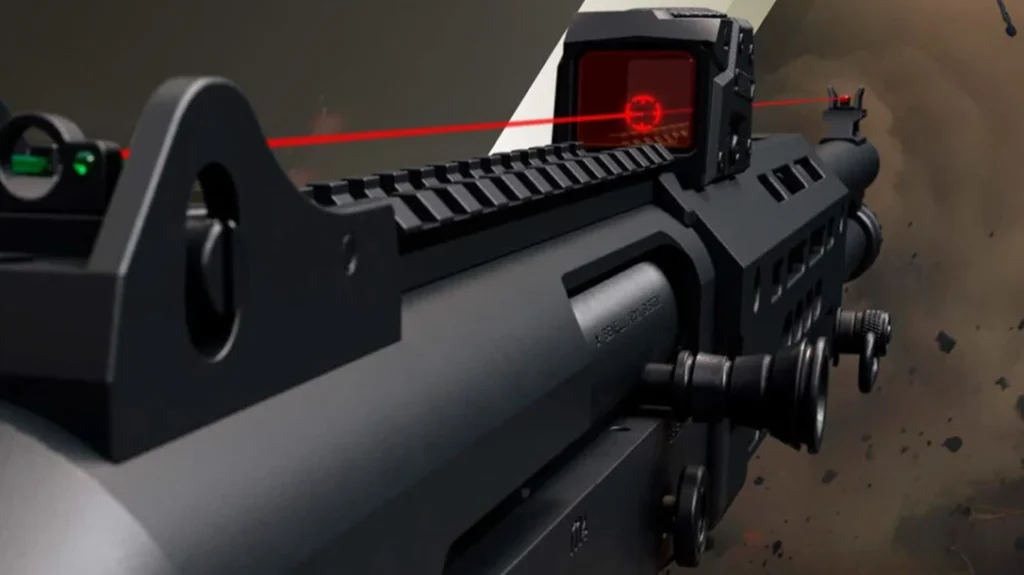
Mossberg is designing a semiautomatic anti-drone shotgun for the US Department of Defense, but details are limited. DoD is also reported to be developing a tungsten-based cartridge using smaller No. 9 pellets, but I have been unable to confirm that information.
Evolving Doctrine
Drones will only become more prevalent at every level of warfare. The venerable shotgun, albeit a cutting edge modern version, is a simple, effective part of countering that trend as it affects small tactical units and even individual soldiers. How the shotguns will be deployed and used remains to be seen. Despite their ubiquity, drones aren’t the only battlefield threat.
Combat shotguns have limited utility in the anti-personnel role. They’re great for urban or trench warfare as part of a well-constructed squad or platoon, but they are all but useless in open country mobile operations or in the fire suppression role. But the unmanned aerial threat to all operations has created the need for counter-drone capabilities, including the shotgun.
Successful deployment requires careful thought and the proper training. A gun that will weigh over 9 pounds when loaded and accessorized is awfully heavy for a primary infantry weapon.Especially considering the weight of extra ammunition and a secondary anti-personnel weapon, which also requires ammo. The concept must be exercised thoroughly to determine whether the shotgun can be classified as a squad-level weapon system instead of issuing one to each soldier.The perceived threat environment will necessarily be a deciding factor.
Drone defense is a relatively new doctrine. Even so, that doctrine is evolving quickly because it must. Anti-drone shotguns are likely to be a common sight going forward. They are an inexpensive and effective part of the “all-of-the-above” approach to countering battlefield drones. After all, if an FPV drone confronts a soldier face-to-face, he can only rely on himself and his comrades to survive. He should have the tools to do it effectively.
WHY OUR ARTICLES/REVIEWS DO NOT HAVE AFFILIATE LINKS
Affiliate links create a financial incentive for writers to promote certain products, which can lead to biased recommendations. This blurs the line between genuine advice and marketing, reducing trust in the content.
The post NATO Nations to Field Anti-Drone Shotguns appeared first on Athlon Outdoors Exclusive Firearm Updates, Reviews & News.

